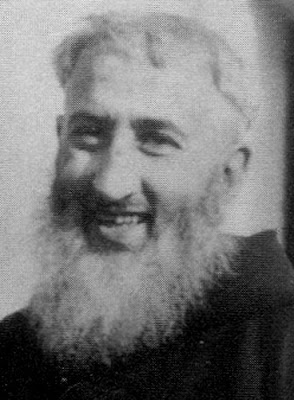The first American Governor of Guam, a Navy captain named Richard P. Leary, thought that Guam had too many holidays. That was because Guam had observed numerous religious holidays as public holidays under Spain. Not being a fan of the Spanish missionaries, Leary spelled out in an Executive Order in 1899 that religious holidays from now on were private affairs, and the only public holidays, besides Sundays, would be those "authorized by US Statute Law" and US presidential decree.
In 1870, US Congress made Independence Day, July 4, a Federal holiday. We can assume that this was observed even on Guam as soon as Leary set up the first American administration in August of 1899. Even if there were no parades or fireworks, it's very likely the Navy closed government offices on Independence Day.
Thanksgiving didn't become a Federal holiday till 1941, though it had been celebrated long before, sometimes on different Thursdays in November from state to state.
But the first public holiday that Leary proclaimed on his own authority was Thanksgiving Day.
On November 3, 1899 Leary declared that the last Thursday of November that year, November 30, would be set aside as a day of "thanksgiving and prayer." He recommended (not mandated) that people refrain from "unnecessary work" that day, so I'm not sure if the government closed their offices or not.
Leary could not mandate any religious services, but he urged people to observe their own rites in their own churches, Catholic or Protestant.
LEARY AND PALOMO
State and Church
But Leary knew his promotion of Thanksgiving wouldn't fly if he didn't have the cooperation of the Catholic Church, which commanded the hearts of 95% of the Chamorro people. And he succeeded. According to Leary, Palomo wholeheartedly agreed to hold a Thanksgiving prayer service in the Hagåtña church. It was a traditional thanksgiving prayer, chanted by the priest in Latin (Te Deum) which the Catholic Churched prayed all the time, all year long, but this time applied to the American holiday.
Leary said that the Navy band would play at this Te Deum service, and praised Palomo for his outstanding qualities. Leary reported a huge number of people attended the church service. Standing room only.
I wouldn't be surprised if there was no turkey served on that first Thanksgiving Day on Guam in 1899, but Leary made every effort to have the American holiday observed.
.jpg)









